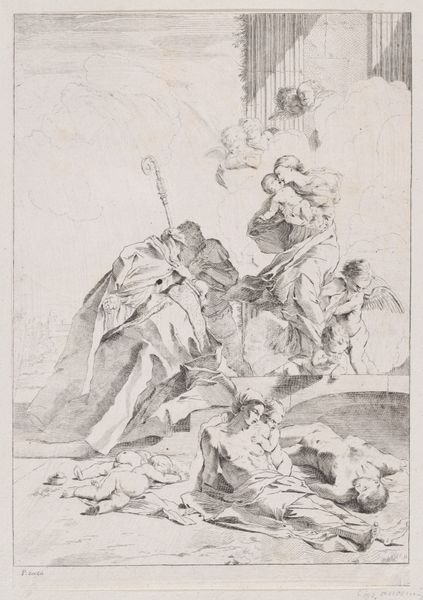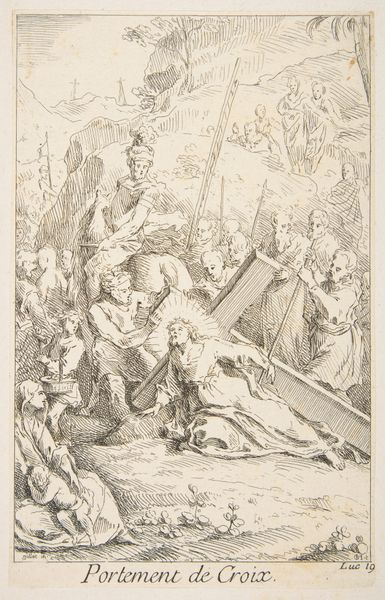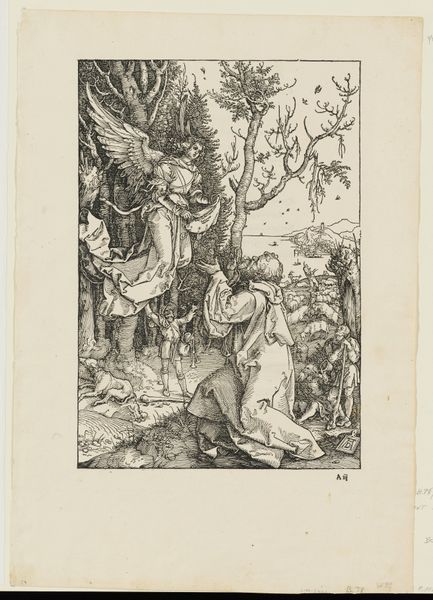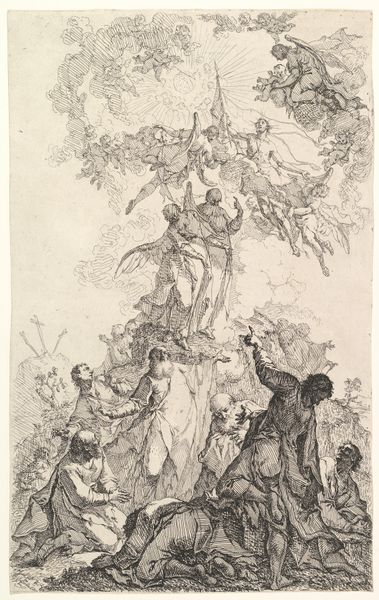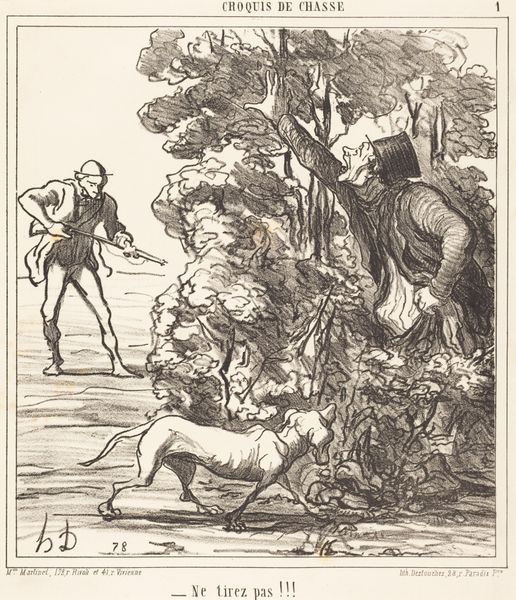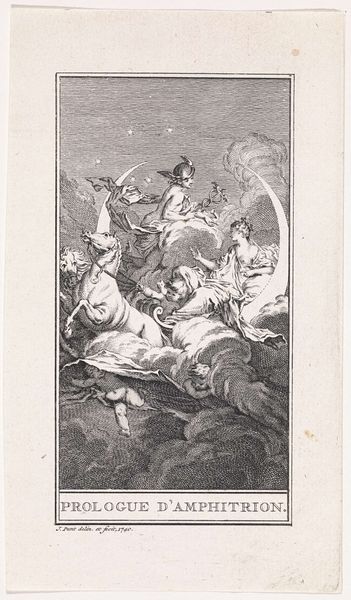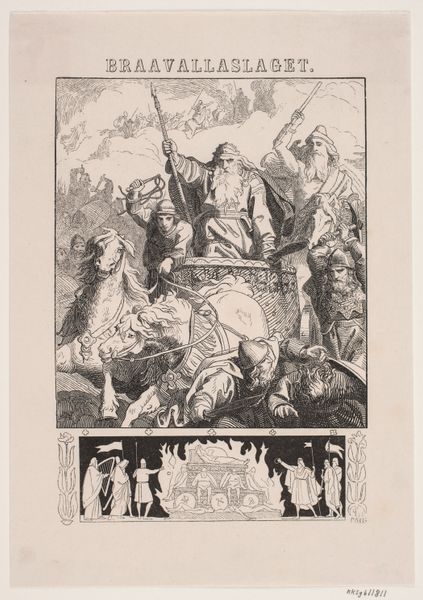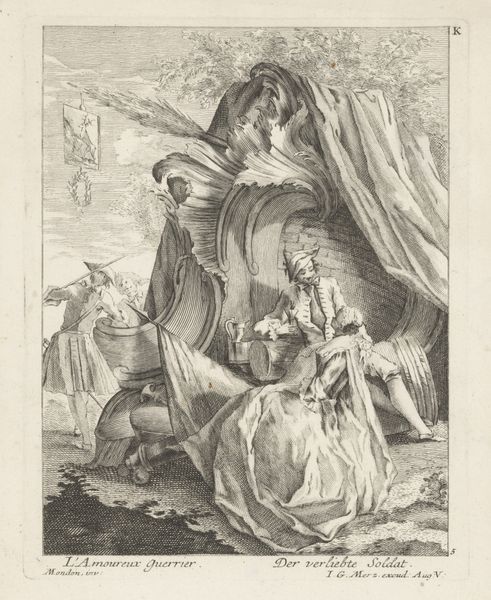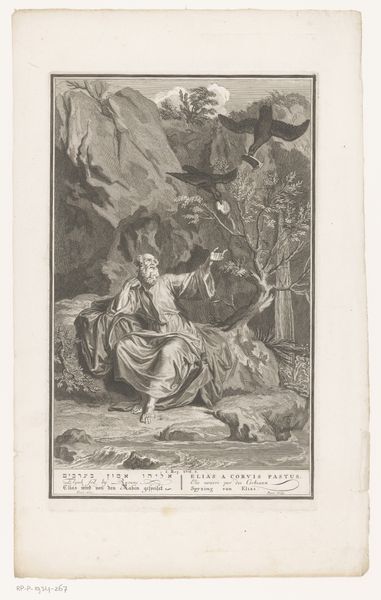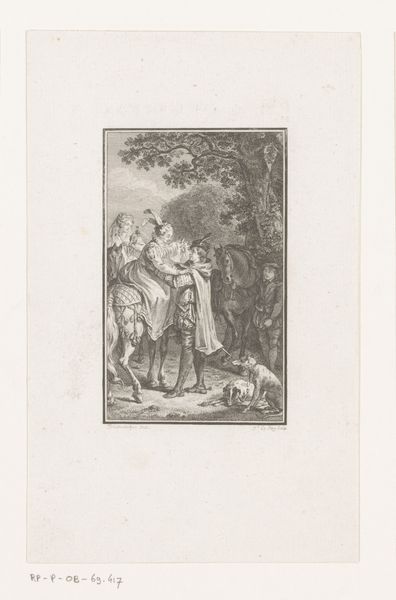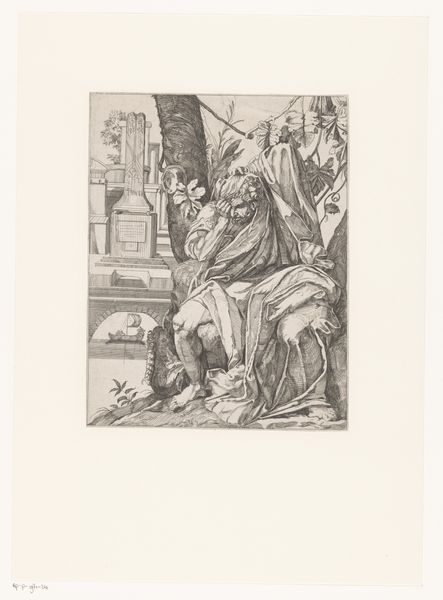
Illustration til Frederik Lodvig Norden, "Voyage d'Egypte et de Nubie", København 1755 1755
0:00
0:00
print, engraving
#
neoclacissism
#
ink drawing
# print
#
ancient-egyptian-art
#
history-painting
#
engraving
Dimensions: 420 mm (height) x 254 mm (width) (plademaal)
Editor: This is an engraving from 1755 by Marcus Tuscher, created as an illustration for Frederik Lodvig Norden’s "Voyage d'Egypte et de Nubie." It’s a crowded scene, almost theatrical in its arrangement of figures and symbols, but also kind of perplexing. How do you interpret this work? Curator: This piece encapsulates the burgeoning European fascination with Egypt in the mid-18th century, filtered through a Neoclassical lens. Notice the figures posed like statues, and the architectural elements mimicking classical forms – yet juxtaposed with overtly Egyptian motifs. Editor: Yes, I see the pyramids and hieroglyphs, but then there’s a figure riding a crocodile! It feels like a combination of accurate depiction and fantastical projection. Curator: Precisely! The crocodile, a symbol of ancient Egypt, is subverted here, acting as a beast of burden. Ask yourself what that positioning signifies within a European worldview. What inherent biases are present when representing a "vanquished" culture? Editor: It’s like they're trying to capture the essence of Egypt, but from a very Eurocentric point of view, almost like an exotic trophy. Curator: Indeed. The radiant figure, crowned, commanding respect - how does she stand in relation to those around her, seemingly crushed under the weight of antiquity? Editor: I guess I never considered how much the artist's own cultural context would affect his rendering of another culture's history. Curator: Visual language carries embedded cultural memory. Examining it closely unveils these hidden dimensions, reminding us that what we see is always mediated by a particular perspective. Editor: So it is less about "truth" and more about a specific interpretation through symbols. I’ll certainly look at these illustrations in a different light now!
Comments
No comments
Be the first to comment and join the conversation on the ultimate creative platform.
